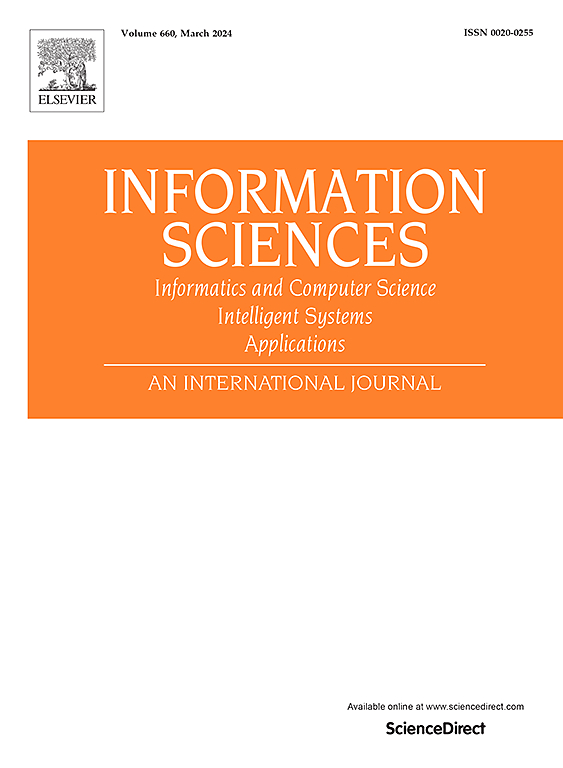A quality-relevant deep rule-based system with complementary lifelong learning for adaptive quality prediction in industrial semi-supervised process data streams
IF 8.1
1区 计算机科学
0 COMPUTER SCIENCE, INFORMATION SYSTEMS
引用次数: 0
Abstract
Deep learning techniques have been widely applied for industrial quality prediction. However, industrial process data are often generated as data streams, which typically exhibit characteristics such as strong nonlinearity, time-varying behavior, and low sampling rates of quality variables. Conventional offline-trained deep learning models often fail to provide accurate predictions for such semi-supervised data streams. Therefore, a quality-relevant deep rule-based system with complementary lifelong learning (QDRSCLL) is proposed to enable adaptive prediction of critical quality variables in streaming data environments. QDRSCLL comprises a deep backbone network and a shallow predictor. The former utilizes a semi-supervised quality-relevant stacked autoencoder (SQSAE) for feature extraction, while the latter employs a hierarchical fuzzy rule system (HFRS) to perform fuzzy inference on hierarchical hidden features. Furthermore, a novel complementary lifelong learning mechanism is proposed to enable QDRSCLL with online incremental learning capabilities. Additionally, semi-supervised learning is integrated into the online learning process to further enhance its deep feature extraction capabilities and the prediction performance. The feasibility and superiority of the proposed method are demonstrated through two real-world processes and four synthetic datasets. Compared to the traditional evolving fuzzy system (EFS), the RMSE of QDRSCLL is reduced by more than 25% in all application scenarios.
求助全文
约1分钟内获得全文
求助全文
来源期刊

Information Sciences
工程技术-计算机:信息系统
CiteScore
14.00
自引率
17.30%
发文量
1322
审稿时长
10.4 months
期刊介绍:
Informatics and Computer Science Intelligent Systems Applications is an esteemed international journal that focuses on publishing original and creative research findings in the field of information sciences. We also feature a limited number of timely tutorial and surveying contributions.
Our journal aims to cater to a diverse audience, including researchers, developers, managers, strategic planners, graduate students, and anyone interested in staying up-to-date with cutting-edge research in information science, knowledge engineering, and intelligent systems. While readers are expected to share a common interest in information science, they come from varying backgrounds such as engineering, mathematics, statistics, physics, computer science, cell biology, molecular biology, management science, cognitive science, neurobiology, behavioral sciences, and biochemistry.
 求助内容:
求助内容: 应助结果提醒方式:
应助结果提醒方式:


